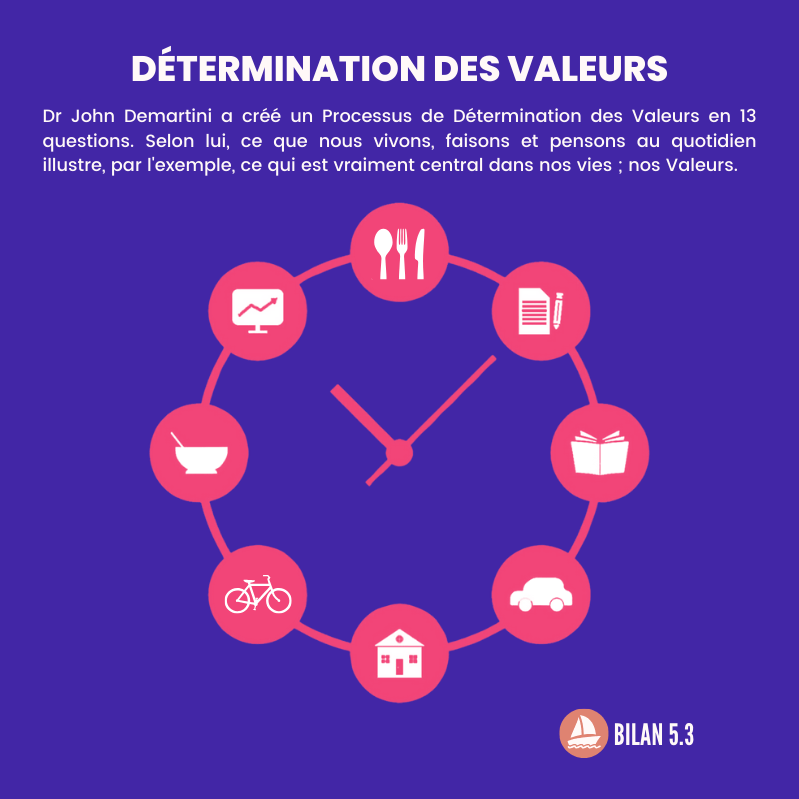
Egg, egg, egg
Can you spot a spoiled egg without breaking it? There’s an easy way to do that! We also explain the difference between brown and white eggs, tell you whether it is better to leave the yolk standing and debunk a few persistent myths. Because are you allowed to have an egg every day or not?
1. What is the difference between white and brown eggs?
Apart from the color, is there a difference between white and brown eggs? Do they taste different, or is one healthier than the other? So no. White and brown eggs usually taste exactly the same and have identical healthy building blocks for your body. If there is a difference in taste, it is because of the feed that the chickens get. This does play a role in the color of the egg yolk and the taste of the egg. Also for the shell thickness it makes no difference what color an egg is. If an egg’s shell is harder, it means that the hen that laid the egg is probably a bit younger. Older hens lay eggs with thinner shells; that applies to white and brown eggs.
In the Netherlands, more brown than white eggs are sold. Many Dutch people think that brown eggs are organic or free-range eggs. They associate that with healthier. Only at Easter are more white eggs sold. Logical, because they lend themselves best to decorating.
The color of an egg also depends on the hen that laid it: a hen with white earlobes lays white eggs, while a hen with red earlobes lays brown eggs. There are even chicken species that lay blue or speckled eggs. The only difference, besides the color, is the size. Brown chickens are often slightly larger than white chickens and therefore eat more. That food is passed on and that is the reason that brown eggs are sometimes slightly more expensive.
2. How do you recognize a spoiled egg?
You’re busy baking or cooking when you see that your eggs are past their sell-by date. Or maybe you have a container of eggs that doesn’t have an expiration date on it and you’re not sure if it’s better to throw them away. How do you recognize a spoiled egg without breaking it first?
Place the egg in question in a bowl or tall glass of cold water to see if it floats. Eggs have a small part that is filled with air: the air chamber. Over time, more and more air enters the egg through the porous eggshell. The air chamber then becomes larger, so that the egg floats better.

- If an egg is at the bottom of the bowl, it is very fresh.
- If the egg is standing upright on one side but still touching the bottom, then the egg is past its prime but you can still eat it safely.
- If the egg floats, but hangs ‘half way’, it is not a fresh egg. This does not necessarily mean that the egg is spoiled or that it is not safe to eat. Test the egg by breaking it open and smelling it.
- If the egg floats all the way to the top, it’s better to throw it away
3. Is it better not to eat the egg yolk?
The persistent myth was once spread that the egg yolk (the yellow) is the most unhealthy part of the egg. As a result, many people give up the egg yolk and eat only the egg white or buy ready-made egg whites in the supermarket. The egg yolk is the healthiest part of the egg, because it is bursting with vitamins, antioxidants and healthy fatty acids. The egg white alone, unlike the egg yolk, contains few good nutrients, and even the protein content is not as powerful without the presence of the egg yolk which balances the amino acid content in the egg. So just eat well.
4. How many eggs can you actually eat?
Eggs are in the new Wheel of Five. They contain many good nutrients. The egg yolk does contain cholesterol, which slightly increases the risk of cardiovascular disease. Eating two to three eggs per week is part of a varied diet.
5. What do the codes on eggs mean?
The eggs always have a stamp with numbers and letters, for example: 2 NL 45146 01. The 2 indicates how the chicken has lived. rise.
0 = organic egg
1 = free range egg
2 = free-range egg
3 = colony housing. This used to be the number for cage egg, but that has been banned since 2012.
NL stands for the Netherlands. The letters are an abbreviation for the country where the eggs come from. In the Netherlands, almost only eggs from our own country are sold. The last set of numbers refers to the company from which the eggs come. This makes tracing possible, should anything turn out to be wrong with the eggs later.
6. What are double yolks?
Double yolks are eggs where there are two yolks in one egg. A double yolk has relatively less protein, which makes it extra tasty in egg salad or as an omelette. Double yolks are usually laid by pullets, as the hens get older the number of double yolks decreases. In young hens, the hormone level is high, which means that the number of yolks that mature on the ovary is higher. As a result, there is a chance that the hen will produce two yolks in one day, which will then end up in one egg at the same time.
Two chicks can grow in a double yolk. But these animals will not hatch, because they get in each other’s way too much. They often die prematurely because they have too little space to develop. The egg is simply too small for two chicks.
7. Where should you keep eggs?
Storing eggs in the refrigerator reduces the risk of salmonella contamination. In addition, the eggs do not dry out as quickly in the refrigerator. Then you have to keep them in the box. With the tip down, eggs will keep longer. Eggs quickly absorb odors. It is therefore better not to store them near fish, onion, garlic or other strongly fragrant food.
8. Does the chicken’s food make an egg healthier?
Eggs have different names on the label. These names only say something about the food that the chickens have been given. Special food gives the eggs a slightly different composition. Well-known examples are:
- Maisei (feed with corn)
- Whole wheat egg (food with whole grains)
- Sunflower egg (food with sunflower seeds)
- Four-grain egg (food with 4 grains)
- Columbus egg/Omega-3 egg (food with oils, rich in omega-3)
The food the chicken was given does not make one egg healthier than another. It also says nothing about the living conditions of the chicken.
9. What is the ideal cooking time for an egg?
Protein solidifies at a temperature of 60 °C and egg yolk at 70 °C.














